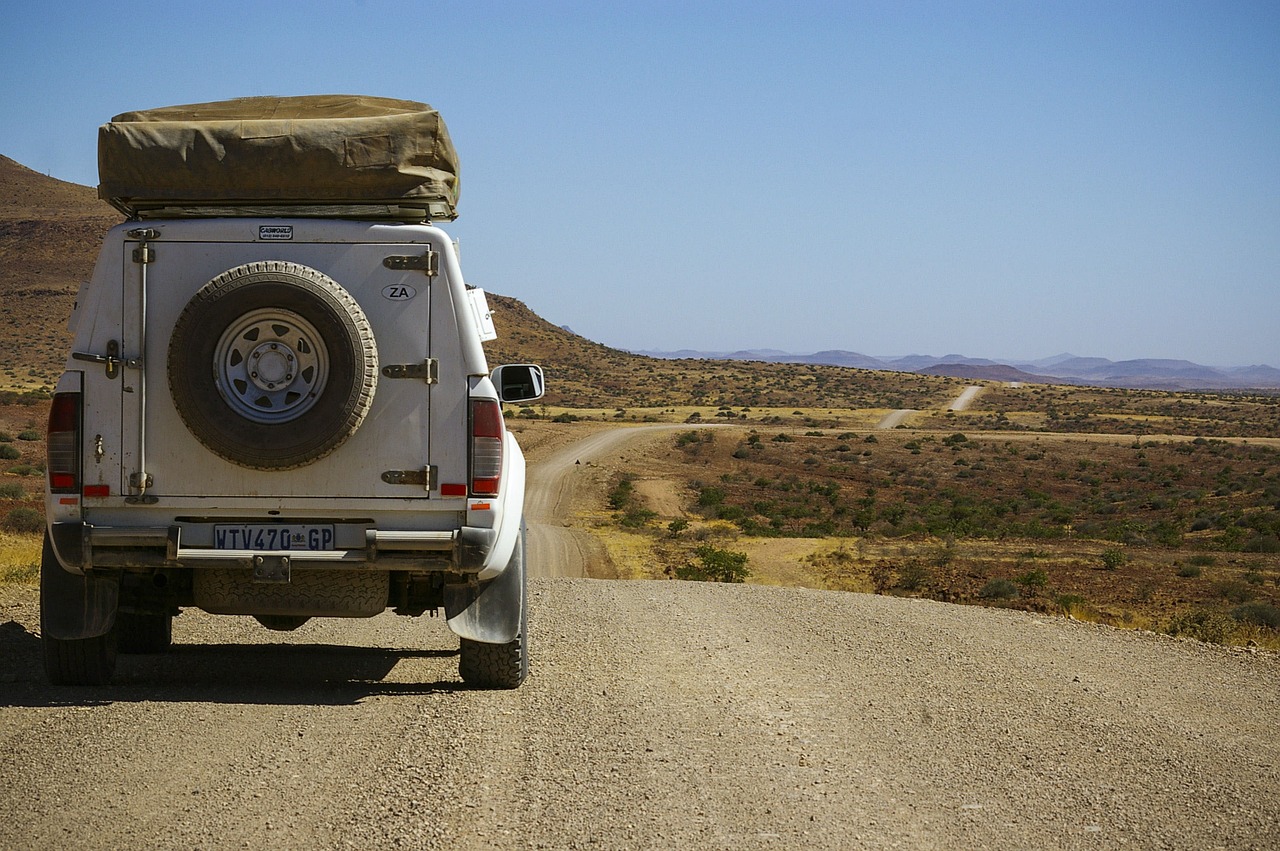Driving on dirt roads is very different from using traditional paved roadways. The surface itself can get quite loose and you will need to look out for washouts and rocks while also dealing with the dust. While driving on unpaved roads is something everyone can do, it requires a bit of preparation and some different strategies to keep yourself safe.
Below are some key tips to keep in mind whenever you are going to be driving past paved surfaces. Paying attention to them can help keep yourself safe, as well as other drivers who may be using the same roadways. Key things to keep in mind include:
1. Drive according to conditions.
When you were learning how to drive, you probably heard this phrase quite often. For some people, the advice has lost a lot of its meaning. However, it is a very important thing to keep in mind while you are on unpaved roads.
If the road gets rough, you need to slow down, even if you are in a four-wheel drive vehicle made for rough terrain. The truth is that vehicles are not meant to deal with continual vibrations like those caused by corrugations and the impact of hitting washouts at a high speed can cause things to bend, loosen, break, and snap.
Also, keep in mind that vehicles are not meant to jump and serious damage can result from your vehicle going airborne. If the road gets rough or has lots of dips, go easy with it.
2. Slow down when the road is dirt.
You will not be able to stop as quickly on dirt as you can on traditional asphalt because you do not have the same friction. Beyond that, driving off road presents a number of hazards that you will not see on pavement, such as washouts and very uneven surfaces, plus rocks and corrugations. In addition, you may encounter wildlife while you are driving on direct.
Driving slow gives you plenty of time to stop and can help protect your car from these hazards. When you go fast, you make yourself much more vulnerable to damage, from broken parts to holes in your tires.
3. Scan the road coming up ahead.
People often go on autopilot when they drive on pavement. However, this is a bad idea when it comes to driving on dirt. You need to concentrate and look out for obstacles ahead. Look as far in the distance as you can for road hazards, changing conditions, wildlife, and more.
With plenty of notice, you can prepare yourself for these hazards and slow down well before you come to them. Ideally, you should let your vehicle slow down naturally instead of jamming the brakes, which can also cause problems, like throwing rocks or skidding tires.
4. Learn how to deal with dust.
Driving off pavement means dealing with a lot of dust. Unfortunately, dust can really cloud your vision, so it is important to learn how to deal with it. If you are following another vehicle, stay out of its dust trail.
Turn your headlights on so you can be seen. Never attempt to overtake a car through a cloud of dust. If a vehicle is coming toward you, it may be necessary to stop for a few seconds to let the dust clear before you continue.
5. Avoid driving at dangerous times.
When you are not on paved roads, the risk of collisions with wildlife goes up quite a bit. To help avoid a collision, you should avoid driving at dusk and dawn, when animals tend to be more active. Also, night will limit your visibility so you should avoid driving after dark if at all possible. If you must drive during these times, slow down even more than normal and be sure your high beams are up to par.
Purchasing new lights can significantly improve your visibility. Watch both sides of the road and enlist any passengers to also help with the work of spotting wildlife. If you do hit something, check carefully to see if the animal is still alive and inspect your vehicle for serious damage before continuing.
6. Dodge rocks as well as you can.
Dirt roads will almost always have rocks. When you encounter them, you should avoid them as much as possible. Even small rocks that look harmless can be sharp enough to puncture a tire. Larger rocks can do a lot of damage to many different parts of your car.
If the road is littered with rocks, you will not be able to avoid all of them, but you should slow down and be strategic to avoid the worst ones. No vehicles are indestructible. Going slow with further help avoid kicking up rocks and doing damage to the underside.
7. Be careful with oncoming traffic.
While on dirt roads, you need to be mindful of the people driving toward you. Always slow down considerably for oncoming traffic to avoid throwing rocks at the other vehicle or potentially even hitting the windshield.
As a general rule of thumb, the larger vehicle has the right of way. If a larger vehicle is coming toward you, be prepared to stop and maybe even pull off the road and stop. Larger vehicles have more trouble slowing and stopping on dirt roads, which is why they tend to have the right of way. Larger vehicles also have more trouble regaining speed.
